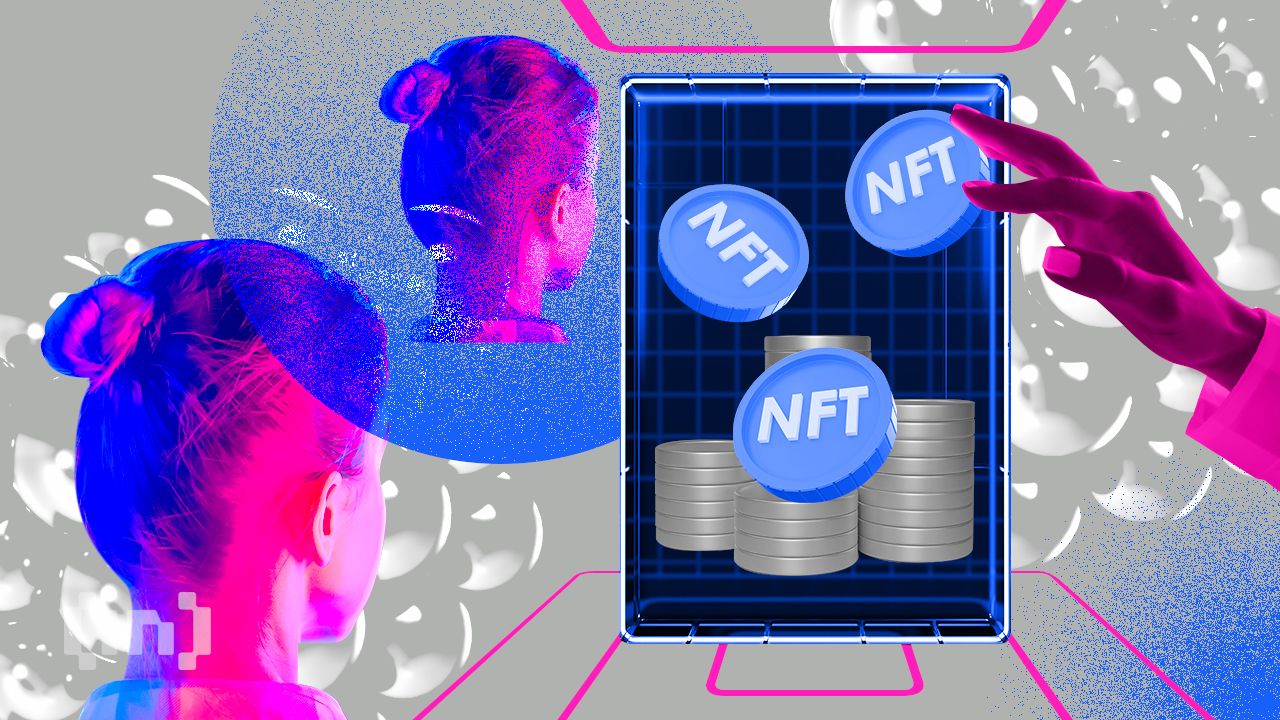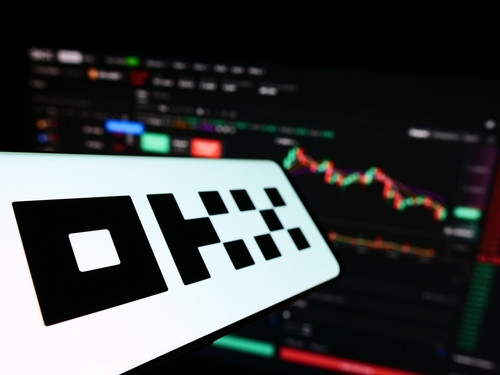Can Crypto’s High “Gas” Prices Be Reduced? | Payment source
The cost of processing cryptocurrency transactions is on the rise, creating an additional barrier to the mainstream use of digital assets by small businesses and consumers.
The culprit has a name that should be familiar to any consumer who feels pain at the pump — “gas taxes” — but otherwise has nothing to do with fuel (although the use of energy for crypto mining may also increase costs). It is a term that refers to the fee users pay to cryptocurrency networks to help manage parts of the transaction, such as user validation and payment processing.
It’s a problem that’s on a collision course with two other bits of industry jargon: Web3 and distributed finance, or DeFi. Web3 typically refers to the use of blockchains or distributed ledgers to develop and access products, rather than keeping them centrally managed; DeFi similarly involves the use of distributed ledgers and is normally associated with cryptocurrency, although it plays a larger role in financial services. Banks using DeFi to make early moves into the metaverse or to combine traditional finance with blockchain services, or “hybrid banking.”
The goal is to prevent that kind of thing interruptions that can affect large parts of the internet which are dependent on a single host. But as the internet and online banking move to a distributed model through one of these models, gas fees become a bigger issue.

“One of the major issues facing Web3 economics is how to minimize gas taxes,” said Elbruz Yilmaz, senior vice president of crypto and web3 at payment technology company Paysafe.
To manage gas taxes, technology firms use some form of bundling or combining transactions into groups.
Sydney, Australia-based fintech Canvas, for example, recently launched Canvas Connect in partnership with StarWare, a company that sells technology that supports distributed financial transactions. Canvas Connect uses Stark Proofs, a system that verifies DeFi transactions, to aggregate a group of blockchain transactions. This wider distribution of payments will reduce or eliminate gas fees, and in theory allow more people and smaller firms to access or develop DeFi apps.
“We compare our service to commercial airlines,” said David Labacky, CEO and co-founder of Canvas. “Before their existence, passengers had to charter a very expensive private flight. Now commercial airlines can carry many passengers to the same destination and each pays a reasonable price.”
And both fintechs and banks are developing use cases to support cryptocurrency for payments and incentive marketing. Payment companies such as PayPal and Block offer cryptocurrency trading, potentially creating a large pool of users with crypto balances available for use. Block, formerly Square, has an entire division dedicated to bitcoin called TBA and derives a large portion of its revenue from cryptocurrency trading.
Gas fees could make distributed apps too expensive for smaller users, who would turn to less efficient choices like centralized applications or non-blockchain options, according to Yilmaz.
The process of verifying each transaction requires a lot of computing power, Yilmaz said, adding that the Ethereum network uses gas fees to fund validation services.
These gas fees are paid in fractions of the cryptocurrency Ether, with the price determined by supply and demand at the time of the transaction. Ethereum network capacity and congestion also play a role in fees, and gas fees become higher as the total transaction volume increases.
Gas taxes were relatively low for many years, but have been on the way up above last two years. The increase in gas fees is partly due to the high turnover that has taken place as cryptocurrency prices rose rapidly in 2021, then fell rapidly during the first part of 2022.
Most DeFi applications run on the Ethereum blockchain, which has received most of the attention for higher gas fees. Ethereum’s gas fees have been volatile in 2022, recently reaching 80% in three days, according to Bitcoin.com. The Ethereum organization did not comment for this article.
“While several strategies can be used to reduce and reduce gas expenses, most of these involve either building another layer-1 [more basic] blockchain or make Ethereum better,” Yilmaz said
Options for reducing gas include what is called a Layer-2 blockchain solution, or a distinct network that operates on top of a blockchain to improve efficiency. In addition to Canvas, which uses Layer-2 technology, other Layer-2 sources include Arbitrum, Optimism, Polygon, and Loopring.
Layer-2 also supports metatransactions, which allow different users to trade in a public blockchain without transaction fees, Yilmaz said.
“Web3 will likely only succeed in increasing usage or even completely replacing Web 2.0 when users are able to interact without the high burden of gas taxes,” Yilmaz said.
Another challenge for financial institutions using public blockchains is maintaining the privacy of their sensitive data, Lavacky said, adding transactions conducted on Ethereum and other public blockchains can be seen by all users, making them less attractive to financial institutions. Canvas uses an external party to independently verify transactions, which means transaction data is not exposed, Lavacky claims.
Removing gas costs unlocks a number of new use cases for DeFi apps, Lavacky said, adding a simple example of a use case is an aggregated savings plan accessible through a DeFi or crypto app. “With gas costs removed, it is possible to transact for any dollar amount. Small or micro-transactions that are currently uneconomical would be possible.”


